Special Forces are the most disciplined, mission-ready, and deadly units in the world.
They undergo rigorous selection processes and training to accomplish unconventional missions beyond the capabilities of standard military forces.
In reality, the world may never know exactly what these teams accomplished, but their public records contain enough information to earn the world's respect.
Here, in no particular order, are ten deadly special operations units from around the world.
10. China's Snow Leopard Commando Unit

Formerly known as the Snow Leopard Commando Unit, so named because of the Arctic wolves' tenacity and ability to survive in harsh conditions, this unit is a special operations unit of the People's Republic of China.
Upon its creation, it spent five years training in secret to conduct counterterrorism, riot control, counter-hijacking and bomb disposal operations at the 2008 Summer Olympics in Beijing.
They trained alongside Russian special forces units in joint counterterrorism exercises, with the primary mission of maintaining peace and stability.
The unit prides itself on its speed and accuracy of fire, strength and endurance, and spirit of self-sacrifice. Each recruit must serve in the People's Armed Police for one to two years before undergoing physical and psychological tests.
They may excel most in martial arts and close-quarters combat, but their sniper squad shouldn't be overlooked.
The next group made news when one of their operators drowned an ISIS terrorist in a puddle. Yeah.
9. The British Special Boat Service

"Not by force, by cunning" is the motto of the Royal Navy's Special Boat Service, one of the UK's most secretive elite military units.
The SBS is the British equivalent of the US Navy's SEALs. The selection process for this elite team has a 90% failure rate and includes a grueling four-week endurance test that gets progressively more difficult, culminating in a 40-kilometer march for my fellow Yankees—which must be completed in under 20 hours.
And that's just the second stage of training.
Graduates will have to master weapons handling, jungle training, complex combat, and combat survival before being officially inducted into the elite unit.
Born out of World War II, the SBS remains one of the most respected units in the world today. Since 9/11, the Special Boat Service has been deployed against al-Qaeda, ISIS and the Taliban, as well as on rescue missions around the world, including in Sierra Leone and Libya.
8. The Polish GROM

GROM is an acronym that loosely translates to "Maneuver Operational Response Group."
But, more poignantly, grom means "thunder" in Polish. It's a unit whose origins date back to the exiled Polish paratroopers of World War II, known as the "Silent Unseen."
315 men—and one woman—trained for months in Britain before jumping into occupied Poland to oppose the Nazis' hold.
In 1990, the GROM unit was organized after Operation Bridge, a mission to help Soviet Jews enter Israel.
Intelligence reports indicating a significant Hezbollah threat in the area of operations led to the approval of this elite counterterrorism force. It remained secret from the public until 1994, when it was deployed to Haiti for Operation Restore Democracy.
GROM conducts rescue operations, including hostage recovery, as well as counterinsurgency missions.
They possess extensive expertise in weaponry and medicine and are proficient in various military disciplines, including parachuting, amphibious insertion, diving, pyrotechnics, and vehicle driving.
Whether fighting terrorists or war criminals, the GROM more than lives up to its name.
7. The Special Services Group in Pakistan

Business Insider reported that training for the Pakistani Special Services Group requires a 36-mile march in 12 hours and a five-mile run in kit in 20 minutes—if that's true... then good heavens.
Created to combat terrorism, extremism, and separatism, SSG training consists of grueling physical conditioning, parachute school, a 25-week commando course, and unarmed combat training. According to reports, only 5% of recruits complete this rigorous training.
Due to their geographical location, they are actively engaged in counterterrorism missions.
From hot spots along the India-Pakistan border to the current conflict in Afghanistan, including Operation Zarb-e-Azb, a joint military offensive targeting terrorist organizations, the SSG goes where the fire is hot.
6. Delta Force
Delta Force is the U.S. military's elite counterterrorism unit. It includes Rangers and Green Berets, as well as Navy and Air Force operators.
It has been called many things—Special Forces Operational Detachment-Delta, Combat Applications Group, and now Army Compartmented Elements—but throughout its short history, it has retained its superior ability to capture or kill high-value targets, dismantle terrorist cells, and conduct covert missions in any area of operations.
Most of the missions executed by Delta Force remain secret—and it is rare to find an official document recognizing the unit—but one of its most notable accomplishments is Operation Red Dawn, the capture of Saddam Hussein.
A leaked recruitment video provided insight into Delta Force's various training methods, including tactical driving, vehicle takeover, and assault tactics.
As a testament to their precision, one of their final exams involves undercover operations in which team members play the role of the hostage while their brothers fire live ammunition at nearby targets.
The operation builds trust within the team and reminds the shooter that he must not touch the hostage.
5. The Intervention Group of the National Gendarmerie of France (GIGN)

The National Gendarmerie Intervention Group is one of the most combat-experienced counterterrorism organizations in the world. Somewhere between a SWAT team and Delta Force, the French GIGN responds to terrorist threats or domestic attacks.
The enemy has evolved, and so has the GIGN. Their mission is to access the scene of an attack as quickly as possible and then capture or kill the attackers before they can inflict further carnage.
Their training program is notoriously brutal and lasts fourteen months—if the recruits can last that long. A documentary crew followed a group of potential recruits and saw 120 of them whittled down to 18 in two weeks. The training includes one of the world's best shooting schools, weapons handling, parachute jump courses, including HALO jumps, unarmed combat, diving, survival training, and explosive ordnance disposal.
These men are deadly, but they appreciate shooting discipline. Rumor has it they've just been issued a 6-shot .357 revolver as their official sidearm—with only 6 rounds, you can bet they'll make every one count.
4. Israel’s Sayeret Matkal

Also known as "Unit 269," Israel's Sayeret Matkal is a highly secretive special operations brigade of near-legendary status. Since its inception in 1957, Sayeret Matkal has earned a reputation for its in-depth reconnaissance capabilities and its counterterrorism and hostage recovery missions.
It relies on secrecy, attacking in small numbers and under disguise, then disappearing before the enemy realizes what has happened.
Perhaps one of its most notable operations was the Entebbe rescue in 1976, when an Air France plane carrying 250 passengers from Tel Aviv to Paris was hijacked by terrorists. The non-Israeli passengers were freed, but 106 hostages remained. The rescue mission took a week to plan and just over an hour to execute.
The disguised task force was flown in with Land Rovers and a Mercedes-Benz. They managed to infiltrate the local army, kill the terrorists, and rescue all but four of the hostages. Only one Israeli soldier was killed in the attack.
That's the problem with Sayeret Matkal—once you know it's there, you're already out of time.
3. The Spanish Naval Special Warfare Force
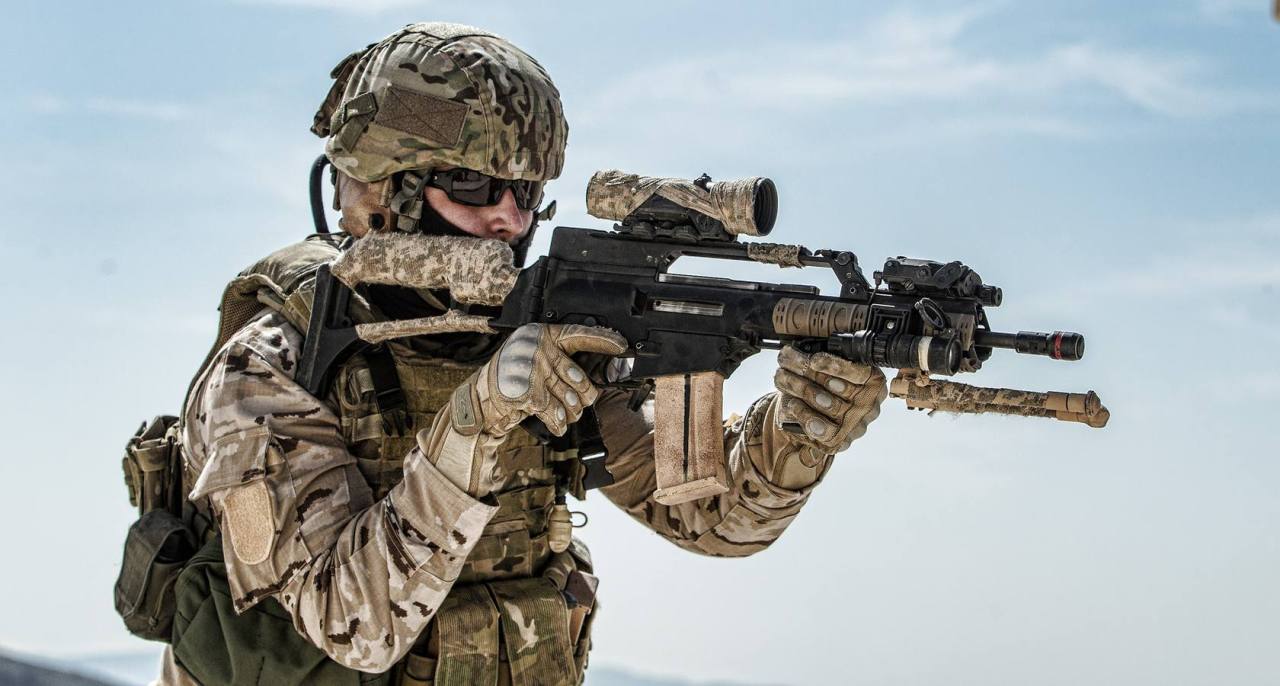
The Spanish Naval Special Warfare Force was created in 2009 when the country merged various units of the Spanish Navy into a single combat unit. The "Fuerza" is composed of the Special Combat Diver Unit, the Special Explosive Disposer Unit, and the Special Operations Unit—its main tactical predecessor.
The Special Operations Unit was responsible for maritime counterterrorism, combat diving, aerial and amphibious insertion, combat search and rescue, and shipboarding—today's elite unit continues the fight.
Today's elite unit continues the fight. It has extensive experience using these tactics in hostage rescue and counter-piracy.
In 2002, the Hombres Rana supported Operation Enduring Freedom in the Indian Ocean when they stormed a North Korean ship carrying SCUD missiles to Yemen. Then, in 2011, they rescued a French hostage from Somali pirates.
And that's just what's publicly known—like the other elite units on this list, most of their missions remain classified.
2. Russian Spetsnaz
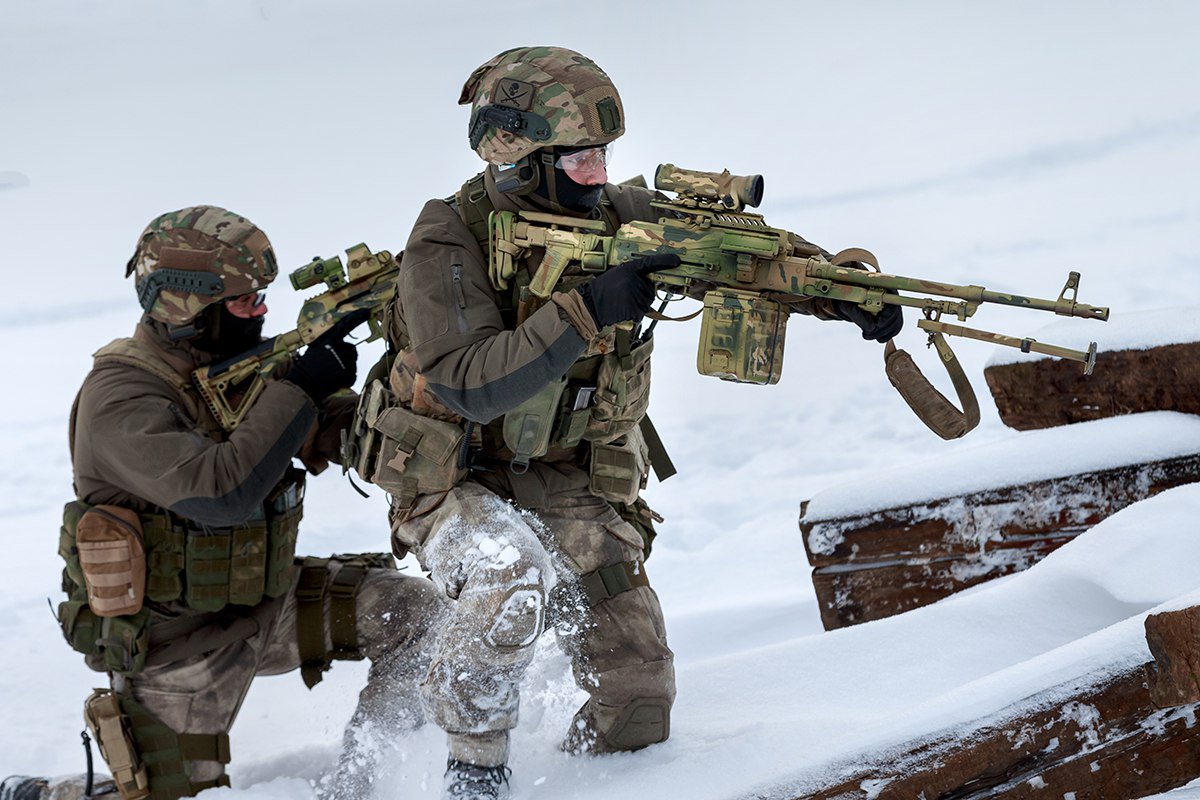
The Russian Spetsnaz is shrouded in mystery, but it dates back to the Bolshevik Red Guard, a paramilitary force organized at the height of the Russian Revolution in the early 20th century. Most of its members are comparable to the U.S. Army Rangers, but a small elite group trains similarly to Delta Force.
Their traditional training involves reconnaissance on the battlefield, breaking enemy chains of command and supply lines, and targeting enemy weapons and tactical advantages. However, one thing that differentiates them from American operators is their freedom to "mix and match" their weapons.
Recently, Russia has increasingly modeled its Spetsnaz after American counterparts.
To the casual observer, it may seem difficult to distinguish one from the other, but ultimately, there's a reason Russia is trying to keep up with the United States.
1. US Navy SEALs
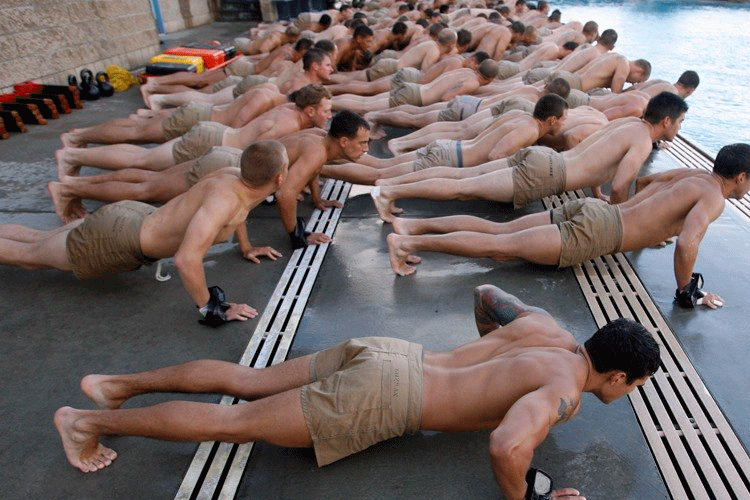
I lied. I saved it for last.
The United States Navy SEALs may be the best special operations forces in the world. The competitive standard to be considered for BUD/S training is a 500-yard swim in 10:30, 79 push-ups, 79 sit-ups, 11 pull-ups, and a 1.5-mile run in 10:20. And that's just to get in.
Preparation to become a SEAL includes Basic Underwater Demolition, Parachute Jump School, and SEAL Qualification Training—all of which have been described as "brutal"—and then they undergo another 18 months of training before deployment.
SEALs offer highly specialized and intensely challenging tactical capabilities, including direct action warfare, special reconnaissance, counterterrorism, and foreign internal defense.
From the Korean War and the Vietnam War to Somalia, Operation Iraqi Freedom, Operation Enduring Freedom, Operation Inherent Resolve, and, of course, the death of international terrorist Osama bin Laden, Navy SEALs have left their mark.
To learn more about this unit, here is an article presenting their training.
What is the strongest special force in the world?
Determining the "strongest special force" in the world can be a matter of debate, as each unit has its own unique strengths and capabilities, tailored to its specific missions.
However, some of the units often cited as among the best in the world are the United States Navy SEALs, the United Kingdom's SAS (Special Air Service), and Poland's GROM (Grupa Reagowania Operacyjno-Manewrowego). Each of these units is highly trained, possesses diverse expertise, and is capable of conducting complex special operations in diverse environments.
What is the equivalent of the Navy Seals in France?
In France, the equivalent of the American Navy SEALs would be the Marine Commandos, who constitute the main special operations force of the French Navy.
Marine commandos specialize in a wide range of missions, including reconnaissance, intelligence, assault, maritime counterterrorism, and amphibious operations. Their intensive training and versatility make them a formidable and highly respected force internationally.
What is France's elite unit?
As for France's elite unit, it is the GIGN (National Gendarmerie Intervention Group). The GIGN is a gendarmerie force specialized in counterterrorism, hostage rescue, high-security missions, and the protection of French national interests.
Highly trained and equipped, the GIGN is recognized for its expertise in high-risk situations and its ability to intervene quickly and effectively to ensure the internal and external security of France.





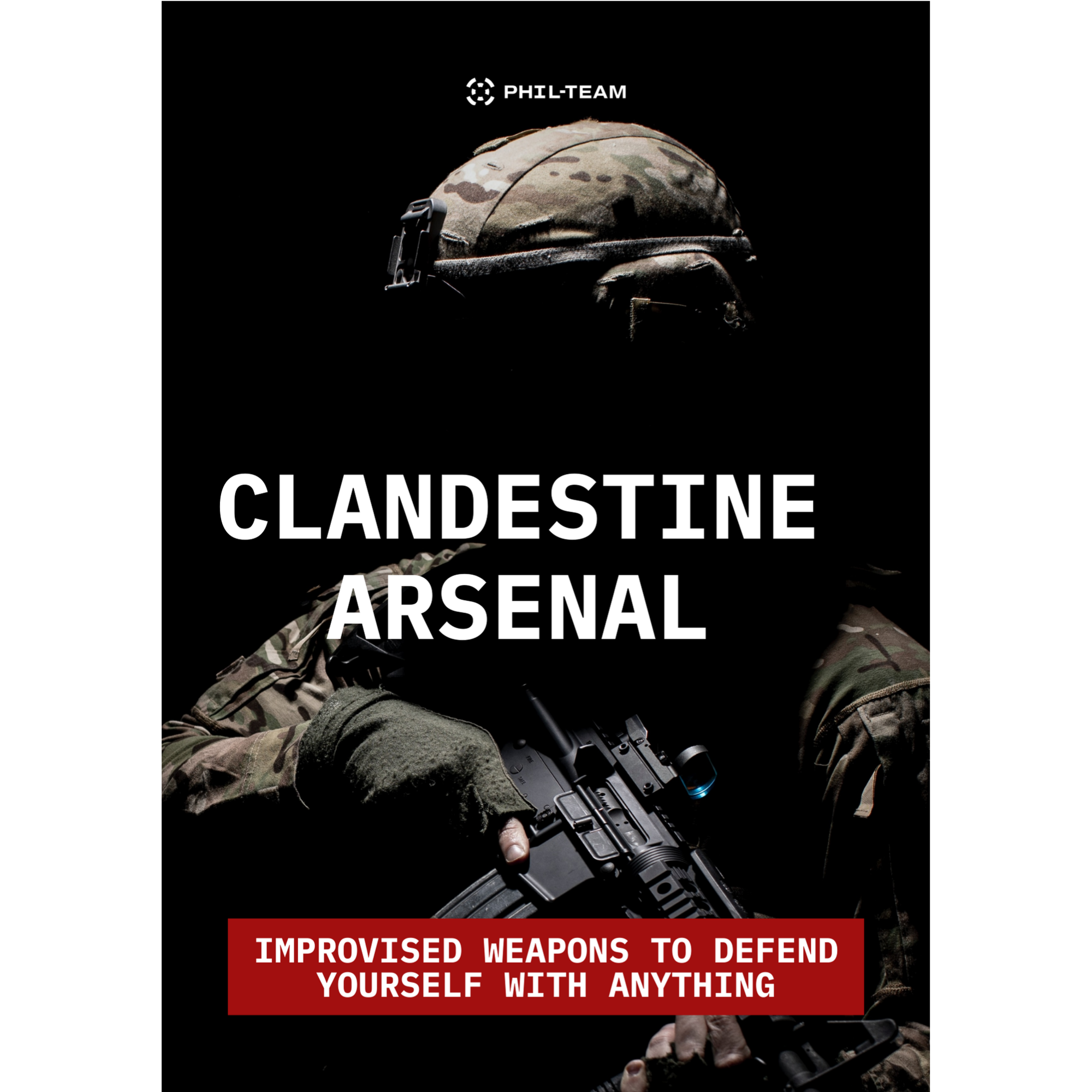



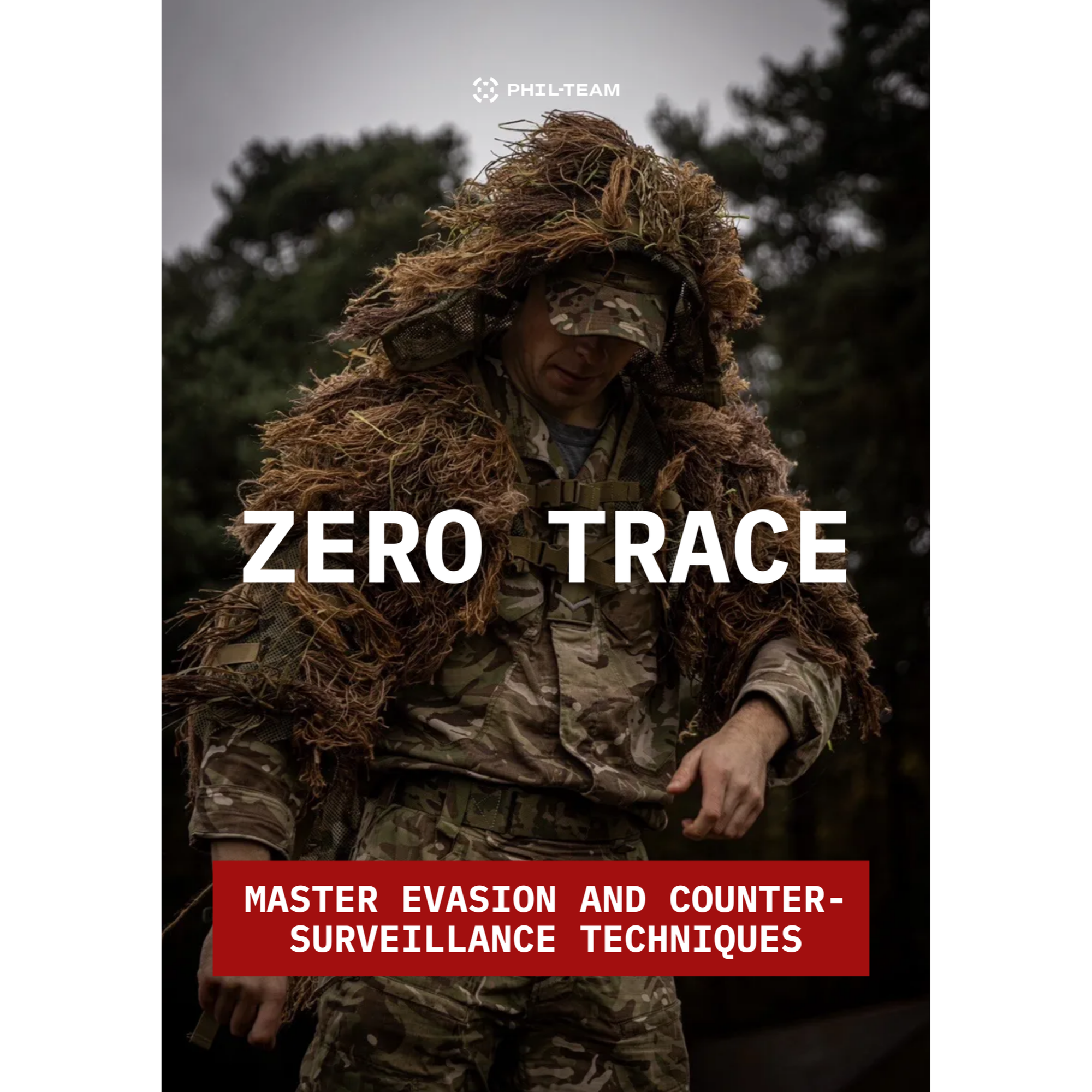





0 comments